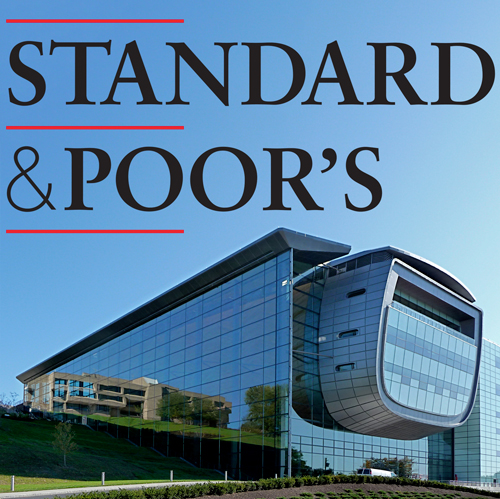
On Thursday, October 16, Standard and Poor’s revised Renssealer Polytechnic Institute’s outlook concerning the Institute’s debt. S&P, an American financial service company and one of the Big Three credit rating agencies, discloses credit ratings for the debt of public and private companies. For the past few years, the debt situation has been a problem that even had students concerned. In 2011, the 42nd Student Senate reviewed the then-current financial status of the Institute and its ability to meet immediate fundraising and faculty hiring goals. According to Moody’s Investor Service, another one of the big credit rating agencies, last December, the Institute had $787 million of direct debt and a pension liability/comprehensive debt that is higher than $891 million.
High debt and pension costs were some of the reasons why S&P’s report this week revised the fiscal outlook to negative from stable. S&P gave RPI a dual rating of A-/A-1. The first part of the rating indicates the likelihood of repayment of principal and interest as due in the long term, the second rating address the demand for short-term issues. The A- in the first part describes RPI’s strong capacity to meet financial commitments and susceptibility to the adverse economic conditions and changes in circumstance. The A-1, a short term rating, is the highest category by S&P indicating RPI’s ability to meet its financial commitments are extremely strong.
S&P deems the university in a good position to pay back debts and sees the Institute has money identified for the purpose of repaying those debts. The reason for the negative outlook is S&P “[believes] that during the next two years, RPI’s debt burden might increase due to the upcoming best issuance, though [they] expect that [RPI] will at best maintain its current performance and financial resource level.” Furthermore, S&P believes the current pressures, such as pension liability and lack of excess funds, will not diminish. Lower ratings, which resulted from the pressures on the Institute’s finances, could continue, should the college not improve its operations. According to the report, the new, lower rating “reflects the school’s plan to issue an additional $40 million in new debt to fund pension expenses. A lower rating is likely if RPI does not improve upon its operations to bring RPI closer to a break-even revolt. S&P also claim the Institute needs to strengthen its balance sheet to remain in its current rating category.
